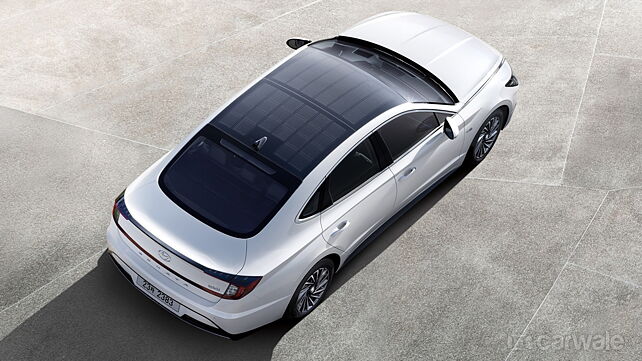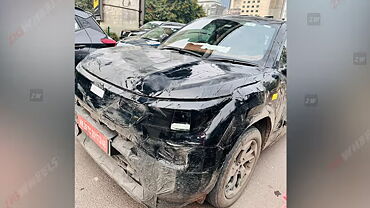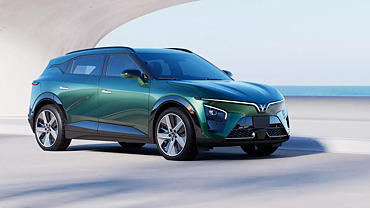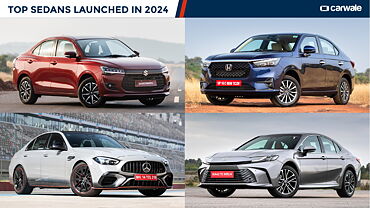
-The eco-friendly solar roof system can charge the vehicle’s battery while driving.
-The solar roof system improves fuel efficiency while preventing battery discharge and reducing CO2 emissions.
-The technology is capable of charging 30 to 60 per cent of the battery.
Hyundai Motors has introduced a new solar roof charging system which is capable of providing plug-in hybrids and pure electric vehicles with additional electrical power supply, thus increasing fuel efficiency and driving range.
This latest technology of solar roof charging system makes its debut on the Sonata Hybrid. In the coming years, the Korean carmaker plans to roll out the technology to other vehicles across its range. The system supports the vehicle’s electric power source, improving efficiency while also reducing the CO2 emissions.
The solar roof system includes a structure of silicon solar panels that are mounted on the car’s roof. This new-age system is capable of charging 30 to 60 per cent of the battery per day. And with six hours of daily charging, it is expected to increase drivers’ travel distance by an extra 1,300 km annually.

In terms of components, the system is made up of a solar panel and a controller. The electricity is produced when solar energy activates the solar panel’s surface, which converts this energy by using photons of light from the sun. This creates the electron-hole pairs in silicon cells, which generate solar electricity. The produced electricity is then converted to the standard voltage by the controller, then stored in the battery. Hyundai believes that, while the solar roof system currently plays a supporting role, it opens up possibilities for vehicles that no longer need fossil fuel to operate.
Heui Won Yang, senior vice president and head of Body Tech Unit, Hyundai Motor Group, commenting on the technology, said, “Solar roof technology is a good example of how Hyundai Motor is moving towards becoming a clean mobility provider. The technology allows our customers to actively tackle the emissions issue. We are striving to further expand the application of the technology beyond eco-friendly vehicle line up to vehicles with internal combustion engine”.


































